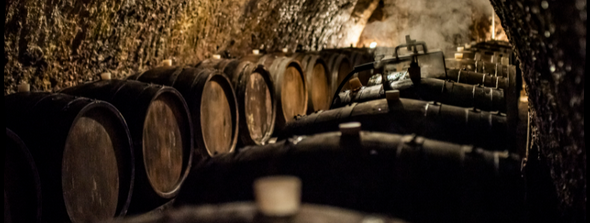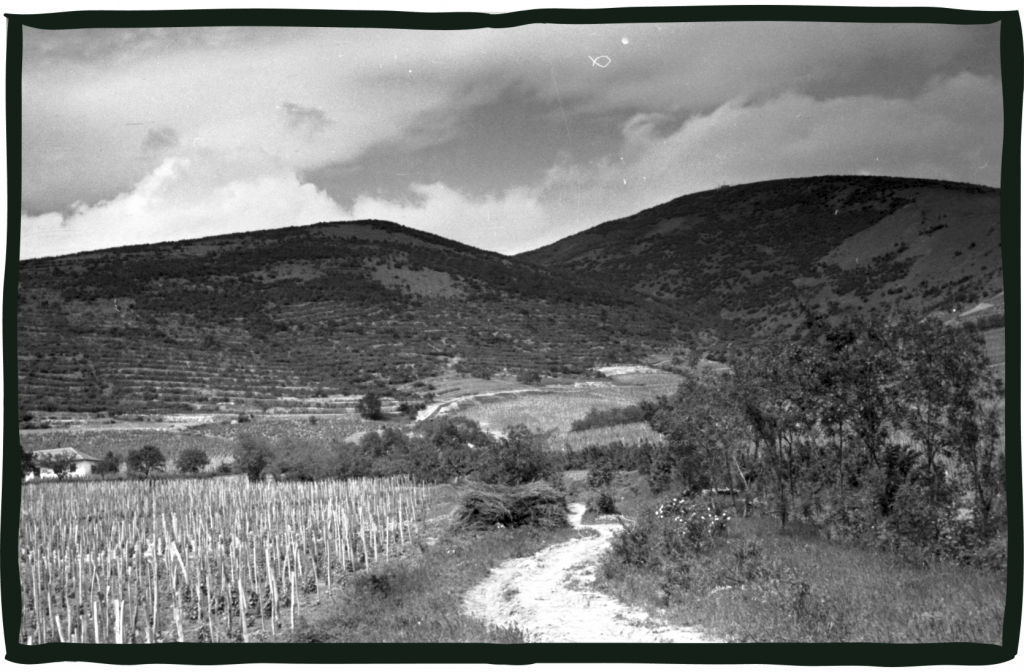Zsiari Pince

Tokaj-hegyalja
It’s hard to talk about the region and Tokaj wines without getting emotional. This area is not simply a wine region to us, but it’s rather a part of our national identity. The first written record of vineyards in Tokaj dates back to 1252. Tokaj is still a demarcated wine dis-trict, where the two most important grape varieties out of the six permitted are Furmint and Hárslevelű. Since the early 2000s, these two varieties have also been used to make high-quality, full-bodied dry wines here, which faithfully reflect the distinctive taste of the volcanic terroir. Our world-famous Tokaj wine specialty, Tokaji Aszú, was first mentioned in 1571, making it evident that the greatest treasure of the region is almost 500 years old. It has been widely recognised and appreciated ever since the French King Louis XIV is said to have referred to it as “Wine of Kings and King of Wines”, indeed, Mozart and Goethe were also keen admirers of it. What exactly is this wine, Tokaji Aszú? It is one of the richest, most valuable natural sweet wines in the world, whose making re-quires specific climatic conditions.
History
There is a library of literature on Tokaj’s past, most of which provide well-founded information about the last 400 years of the wine district. Just from the perspective of wine, it has to be pointed out that Tokaj was all about sweet wines until the 2000s. The acceptance, awareness and high market value of Tokaj wines is unquestionable.
The first mention of the vineyards of Hegyalja can be found in one of the donation deeds of King Béla IV, in the vicinity of Olaszliszka. This also suggests that the countryside, depopulated after the Tartar invasion, was populated with Latin-language-speaking wine growers, as the names of Olaszliszka and Bodrogolaszi also indicate. Hétszőlő, the oldest known vineyard in Tokaj, was first mentioned in 1502. The beginning of the 16th century marked a turning point in the life of the wine region. Recent research seems to prove that Aszú wines were already being produced at that time. Moreover, Szerémség (Syrmia), the most important wine region in Hungary at that time, was increasingly endangered by the Turks, so large landowners who were able to acquire property in Tokaj and plant it with vines, systematically began to relocate skilled people and equipment to Tokaj. Tokaj-Hegyalja gained real significance from the second half of the 16th century as a model estate of the Ráckóczi family. (Source: Fortepan / Judit Hegedűs


